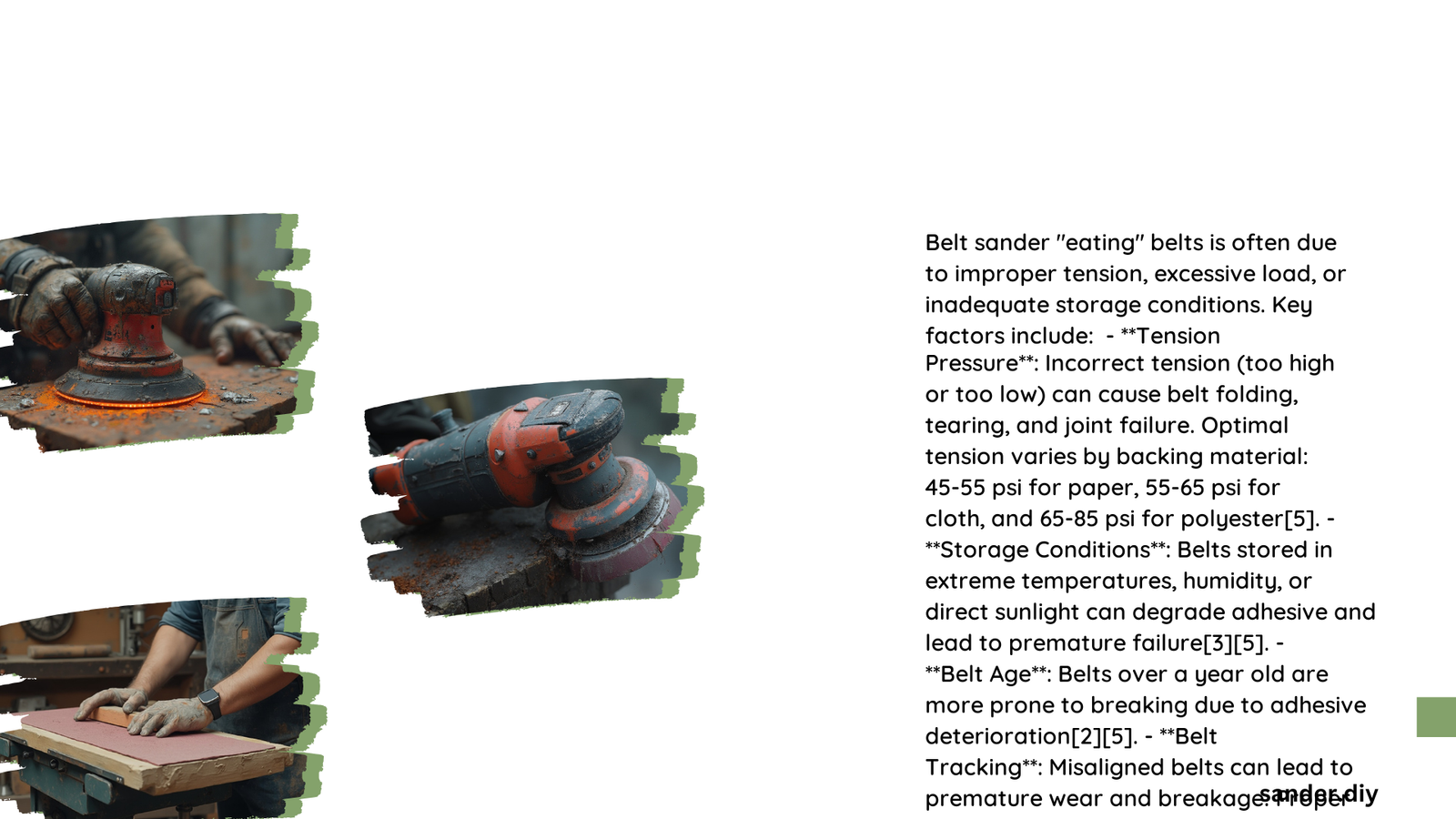Belt sanders are powerful woodworking tools that can quickly consume sanding belts due to various mechanical and operational factors. Understanding the root causes of rapid belt deterioration is crucial for woodworkers and professionals who rely on these machines for precise material removal and surface preparation. This comprehensive guide explores the intricate reasons behind belt sander belt consumption and provides actionable solutions to extend belt life and maintain optimal sanding performance.
What Causes Belt Sander to Consume Sanding Belts Rapidly?
Why Do Belts Wear Out Faster Than Expected?
Belt sanders can experience accelerated belt wear due to multiple interconnected factors. The primary culprits include:
- Mechanical Misalignment
- Improper tracking
- Uneven roller surfaces
-
Tension inconsistencies
-
Operational Stress
- Excessive material loading
- Incorrect sanding pressure
- Inappropriate grit selection
How Does Material Interaction Impact Belt Wear?
| Material Type | Wear Rate | Potential Issues |
|---|---|---|
| Soft Woods | High | Resin buildup |
| Hardwoods | Moderate | Increased friction |
| Composite Materials | Variable | Potential abrasive damage |
What Are the Critical Signs of Belt Degradation?
Woodworkers should watch for these warning indicators:
- Visible belt tearing
- Uneven wear patterns
- Reduced sanding efficiency
- Excessive heat generation
- Inconsistent surface finish
Diagnostic Strategies for Belt Sander Performance

How Can You Assess Belt Tracking Accuracy?
Proper belt tracking is fundamental to preventing premature wear. Consider these diagnostic techniques:
- Visual alignment check
- Pencil mark test on sample material
- Regular roller and tracking mechanism inspection
What Maintenance Practices Extend Belt Life?
Implementing proactive maintenance can significantly reduce belt consumption:
- Clean rollers and tracking mechanisms regularly
- Store belts in controlled environments
- Use appropriate dust extraction systems
- Maintain consistent tension
- Select belts matched to specific applications
Technical Solutions for Belt Wear Prevention
Can Tension Adjustments Improve Belt Performance?
Precise tension management is critical:
- Follow manufacturer’s recommended tension guidelines
- Use calibrated tension measurement tools
- Avoid over-tightening or under-tightening
What Role Does Dust Management Play?
Effective dust extraction prevents:
– Static electricity buildup
– Premature belt wear
– Reduced sanding performance
Advanced Troubleshooting Techniques
How to Select the Right Sanding Belt?
Consider these selection criteria:
– Material compatibility
– Grit appropriate for task
– Backing material durability
– Environmental conditions
What Are Professional-Level Maintenance Strategies?
- Quarterly comprehensive machine inspection
- Regular calibration of tracking mechanisms
- Professional cleaning and lubrication
- Systematic belt rotation
Conclusion
Understanding and mitigating belt sander belt consumption requires a holistic approach combining mechanical knowledge, proper technique, and consistent maintenance. By implementing these strategies, woodworkers can significantly extend belt life and maintain superior sanding performance.
